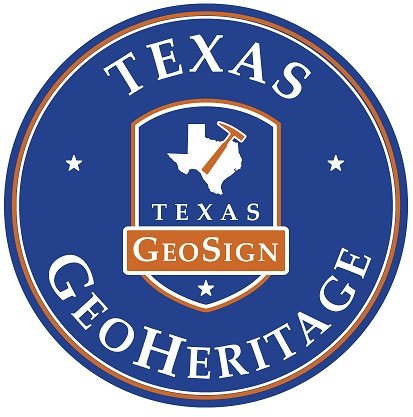Mapping fracture networks in outcrop analogs: length, aperature & connectivity, and the role of contingent nodes
Stephanie Forstner
Stephanie is a final year Ph.D. candidate in Geosciences at UT Austin specializing in Structural Geology and Tectonics. She holds a BA in Geology from Fort Lewis College. Before her role as Research Scientist Associate II with BEG’s Fracture Research Application Consortium, Stephanie owned and operated her own oil and gas and CO2 exploration consulting firm for a handful of years. Her expertise lies in fracture network assessments and structural diagenesis, supported by her proficiency in SEM imaging and fluid inclusion analysis. Notably, her first first-author paper – Scale-dependent fracture networks – co-authored with PhD advisor, Dr. Steve Laubach, ranked in the Journal of Structural Geology’s top 8 most downloaded papers (for the previous 90 days) for most all of 2023. She is currently seeking post-grad school opportunities in research, exploration and development within the energy sector.
Abstract:
Using examples of regional opening-mode fractures in sandstones from the Cambrian Flathead Formation, Wyoming, we show that quartz deposits preferentially fill fractures up to ca. 0.05 mm wide and fractures transition from being mostly sealed to mostly open over a narrow size range of opening displacements from 0.05 to 0.1 mm. In our example, although isolated (I-node) dominated networks have some trace connectivity, the effective connectivity for fluid flow is likely greatly reduced by quartz cementation. Trace connectivity at microscopic and outcrop scale is similar, but most porosity is found in outcrop-scale fractures. Near faults, trace connectivity increases as initially wide porous fractures preferentially shear and wing cracks form, increasing fracture intersections (Y-nodes). However, pore space is lost due to the development of microbreccia. Macro-scale trace connectivity increases, but porous connectivity diminishes and thus potential for fluid flow is markedly lower. Connectivity descriptions should include accurate measures of widths and lengths and use nodes that reflect scale and diagenesis. We propose new rule-based node descriptions to measure diagenesis sensitive connections within the context of current field practices. Under diagenetic conditions between ca. 50˚C–250˚C differential infill makes network porosity, and thus permeability and strength, scale dependent.













